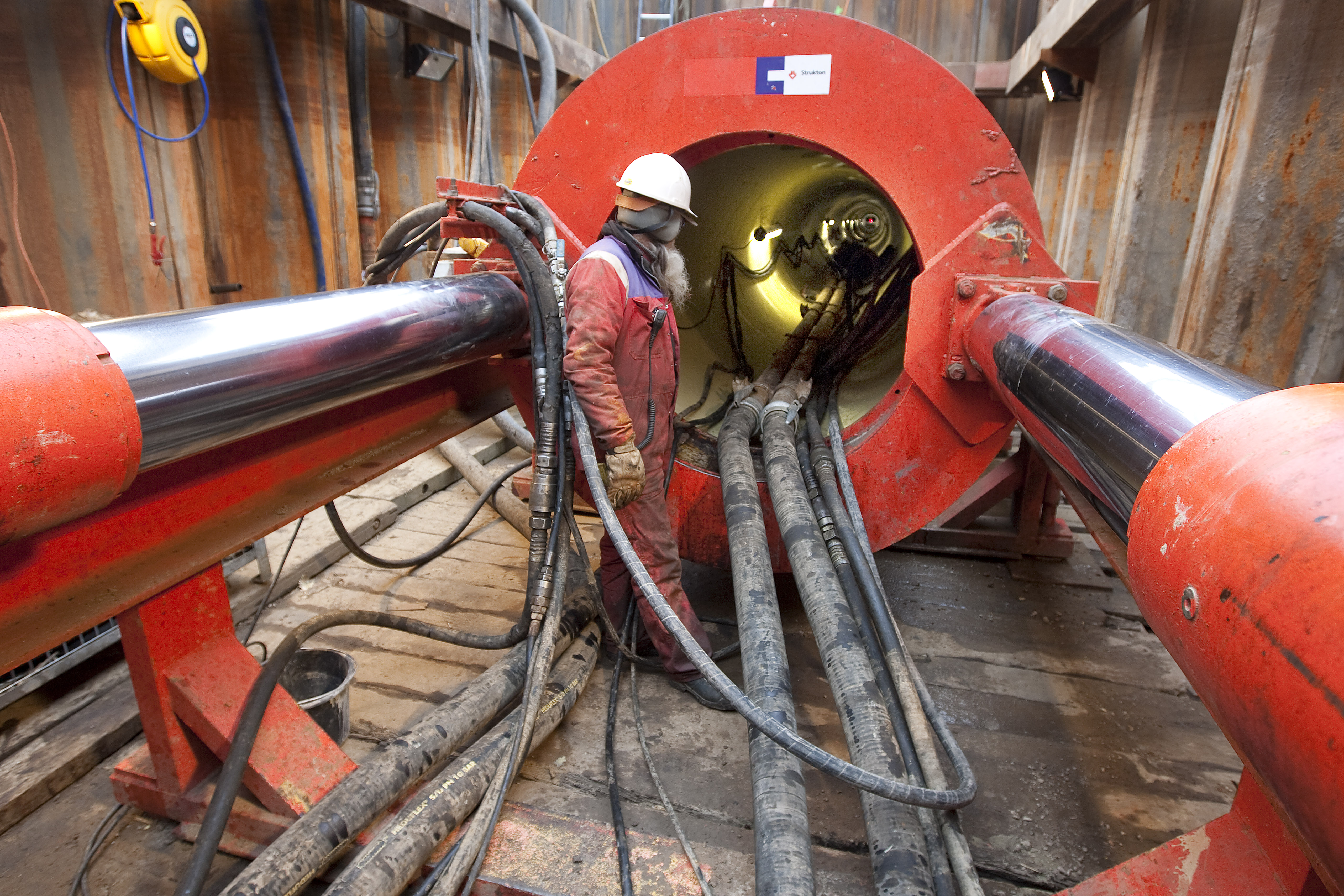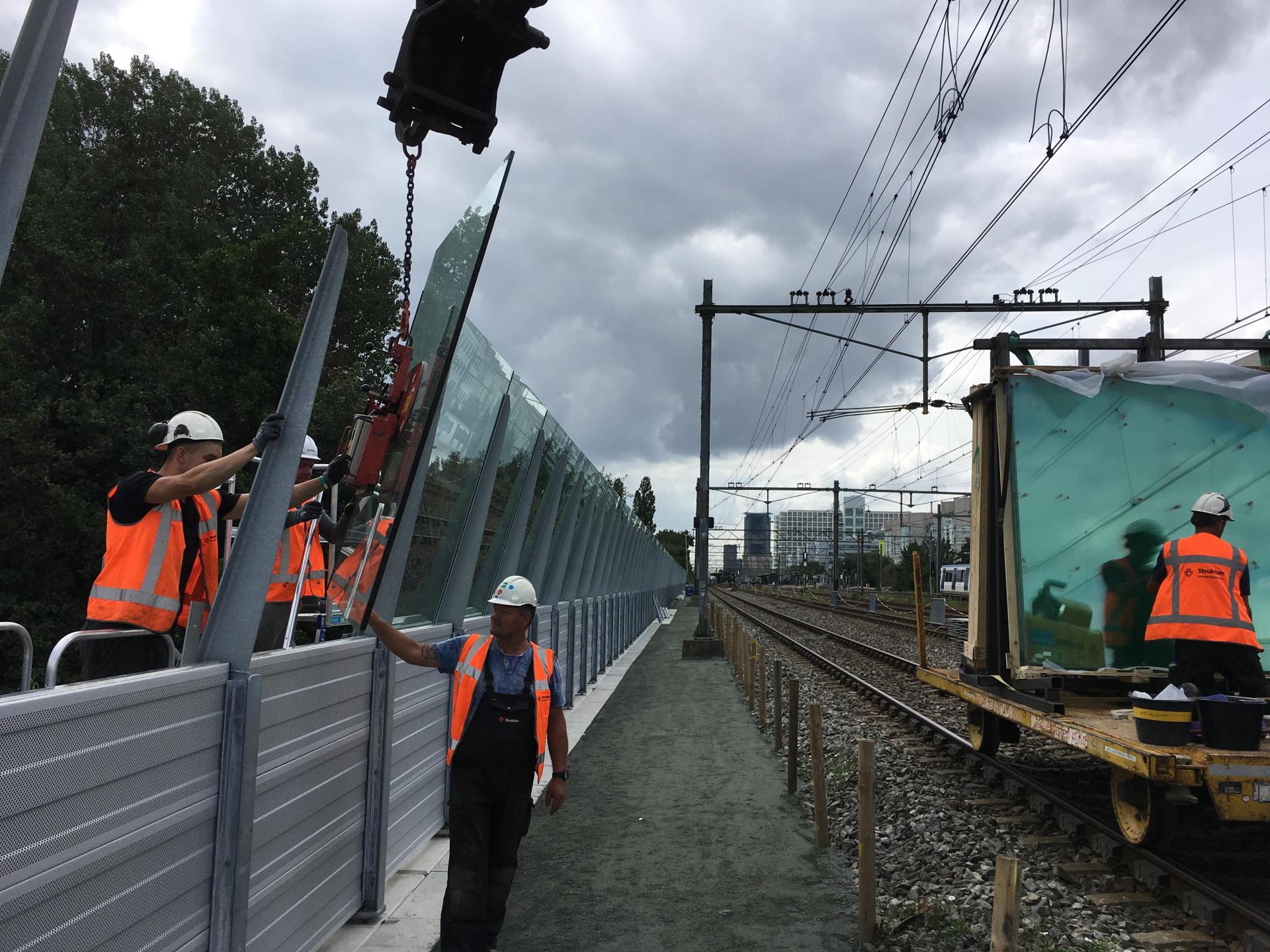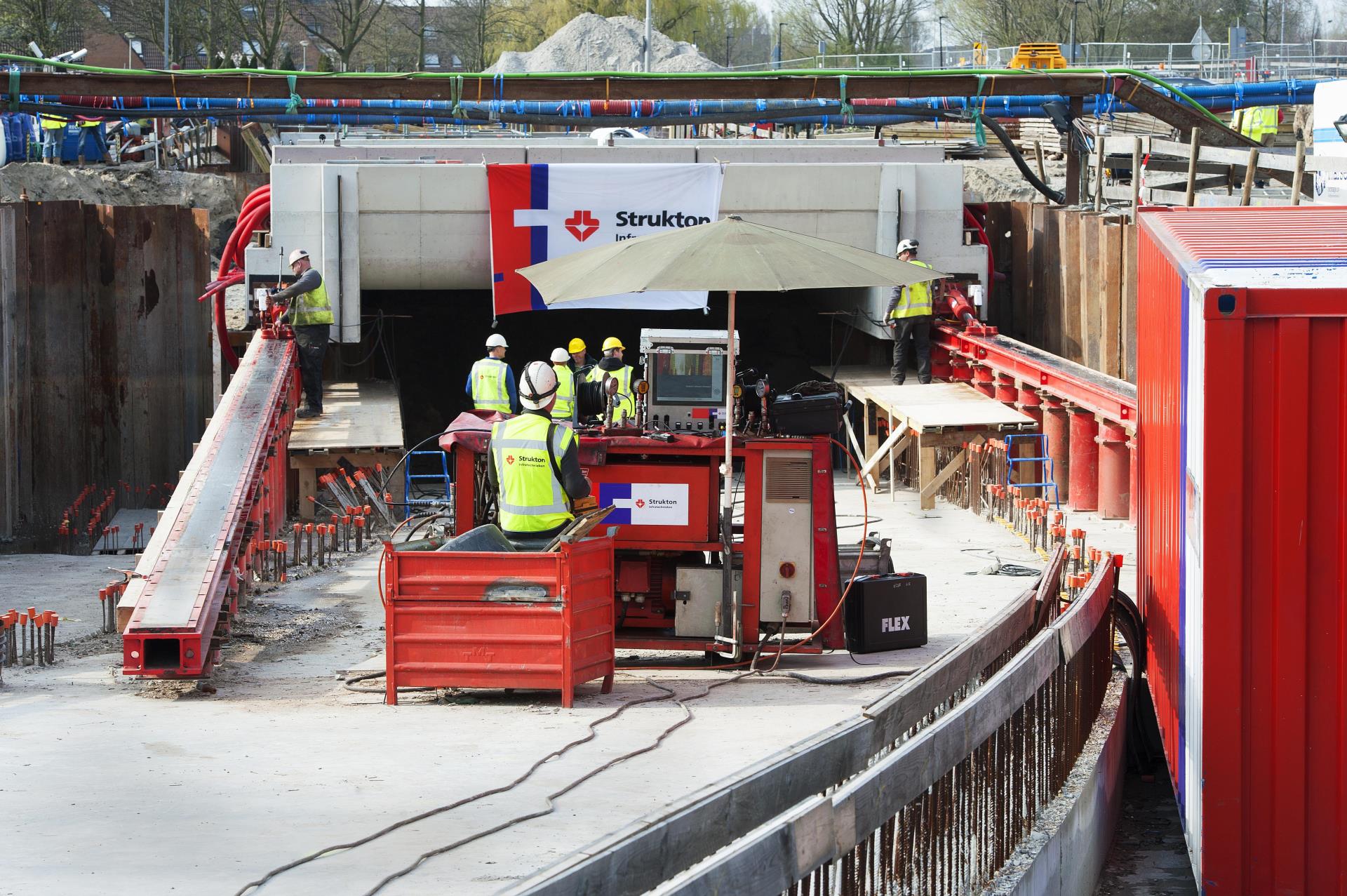A club that's present everywhere
Richard van Beekhuizen is Main Construction Supervisor at Strukton Infratechnieken. Strukton Infratechnieken is present everywhere and is at home in any market.
We are often faced with challenges in our work. But I also know that we always succeed.
The theme of this blog is that you may be very small, but that you can nevertheless accomplish big things. There are only thirty employees at Strukton Infratechnieken. And yet we are ‘big’: we work throughout the entire Netherlands and increasingly more often beyond it as well. We make a contribution to rail projects, as well as to Strukton Civiel’s projects. We also work on many different types of projects.
All kinds of noise screens
This is because of our history: our roots trace back to Strukton Persen Schuiven Vijzelen [Compressing, Sliding, Jacking]. We still do that, but nowadays noise screens of all types and dimensions also form part of our portfolio. We recently completed a project in The Hague at the Laan van NOI station. A noise screen was to be installed there, but the problem was that there was very little space. I went there to take a look and found wild growth along the track: a long ribbon of blackberry bushes. We are often faced with such challenges in our work. Sometimes I think: how are going to manage to do this? But I also know that we always succeed.
“The multi-employable character is what makes our work even more special”
233 posts in 200 hours
That also applied to this job. After colleagues had mowed the verge and relocated the cables and pipelines, we built the framework for the noise screen during a 200-hour out-of-service period in the spring: we drilled 233 posts, placed 120 six-metre concrete beams on top of them and some overpass beams, and then installed the columns on top of that. We went back in the summer to fill in the sections with cassettes and glass panels during a 100-hour out-of-service period. Anyone who has worked in shifts on such projects knows how difficult it is to maintain the required level of concentration towards the end of the project. Yet, I consider this very important: we have to do it right the first time. Otherwise we have to go back and that costs money.



Specialisms Strukton Infratechnieken
We can use various pressing techniques, depending on the nature of the work
Specialisms Strukton Infratechnieken
Regardless of the type of insulation involved – as there are many – we have the necessary experience: from transparent to cassette and from earth walls to concrete barriers.
Specialisms Strukton Infratechnieken
We have a variety of jacks, hydraulic pumps and packing equipment
Amsterdam CS on jacks
Another large project in which Strukton Infratechnieken was involved is the Noord-Zuidlijn (North-South metro line). We temporarily provided the entire foundation for Amsterdam Central Station with jacks. After the new foundation, with space for the new metro line, was ready, we removed the jacks. Jacking up bridges – temporarily or permanently – also is a piece of cake for us, as is horizontal or vertical drilling, for example for pylon foundations. In addition, our portfolio includes the insertion of tunnels, for example for an underpass below the tracks. We construct the tunnel in advance, close to the tracks. During an out-of-service period the tracks are cut and a pit is excavated for the tunnel. We then precisely slide the tunnel into place with our jacks.
At home in any market
Due to the various activities we perform, we work on the rail, as well as the civil side of things. This multi-employable character is what makes our work even more special. We can be of help everywhere and to everyone. The management board disseminates this as well and sweeps us up in its enthusiasm. At the same time being at home in any market can also be a pitfall. We are totally solution-oriented and at times come up with suggestions without being officially involved in a project yet. But for the time being I consider our versatility an advantage.
“When we are not working in the field, we work on innovations that enable us to do our work even better and faster”
Innovative concrete plug
When we are not working in the field, we work on innovations that enable us to do our work even better and faster. A good example of this is what we refer to as our concrete plug. This is a concrete cylinder, 125 centimetres long and 50 centimetres in diameter, with a square 60 by 60 centimetre block at the top. We use this concrete plug as a foundation for overhead line pylons. Prior to this, large blocks were used that required very large, deep pits to be excavated because of the large force the pylons exerted on them. We do this differently: we drill a pipe into the ground into which we lower the concrete plug. We then fill the open space around the square block with concrete. Anchors for the pylon are embedded into the concrete plug. Installing a concrete plug like this takes about an hour’s work. We have been using this technique for the past two years. It saves time and results in a satisfied client. Furthermore, for nearby residents and passengers it is also agreeable, because it reduces any nuisance to a minimum. In that sense, my preference is for as few people as possible to be aware of our existence.
Curious about other stories?
Several colleagues share their daily practice
Read more